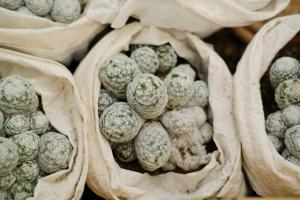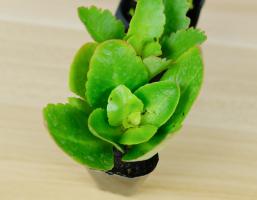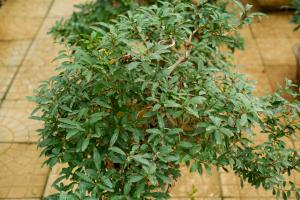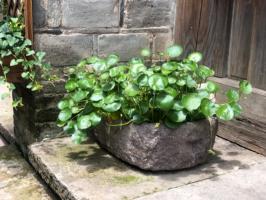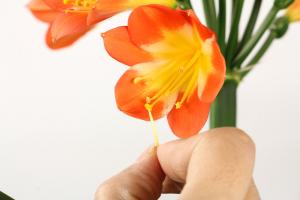1. Seed reproduction
This method is often used in production. In the spring of each year, take some plump seeds and soak them in 40 ℃ warm water for 1 to 2 days. During this period, stir them frequently. When the time comes, take them out to dry the water, and then sow them in the prepared land. The general depth is about 3cm, and the distance between each plant is 35 to 40cm, When sowing, put 4 to 6 seeds into each hole. After sowing, you can start to level the hole, and then water them appropriately. Basically, the seedlings can grow smoothly in about 10 days

2. Cutting propagation
In autumn, when we pick its roots, we choose some stronger vines to stay, then cut off its head and tail, cut it into 25-30cm cuttings in the middle, with 3-4 knots on each cuttings, and then put them in a cool place to mix wet sand for drying, and pay attention to keep it ventilated to prevent them from rotting. Wait until around March and April of the next year, start cutting on the border. Before planting, dip its roots with a little rooting agent, so that it can survive better. The depth of the hole is 30 to 40 cm. Insert 3 to 4 roots in each hole, and leave a node outside. After planting, it should be firm and then pour a little water

3. Root head propagation and strip propagation
In addition to the above two methods, there are also root and strip propagation methods. These two methods are generally more suitable for planting with picking, but they are generally not used very much in production. The most commonly used methods are the above two methods, and the survival rate is also very high. But these two methods are also possible, and each has its own advantages


 how many times do yo...
how many times do yo... how many planted tre...
how many planted tre... how many pine trees ...
how many pine trees ... how many pecan trees...
how many pecan trees... how many plants comp...
how many plants comp... how many plants can ...
how many plants can ... how many plants and ...
how many plants and ... how many pepper plan...
how many pepper plan...
